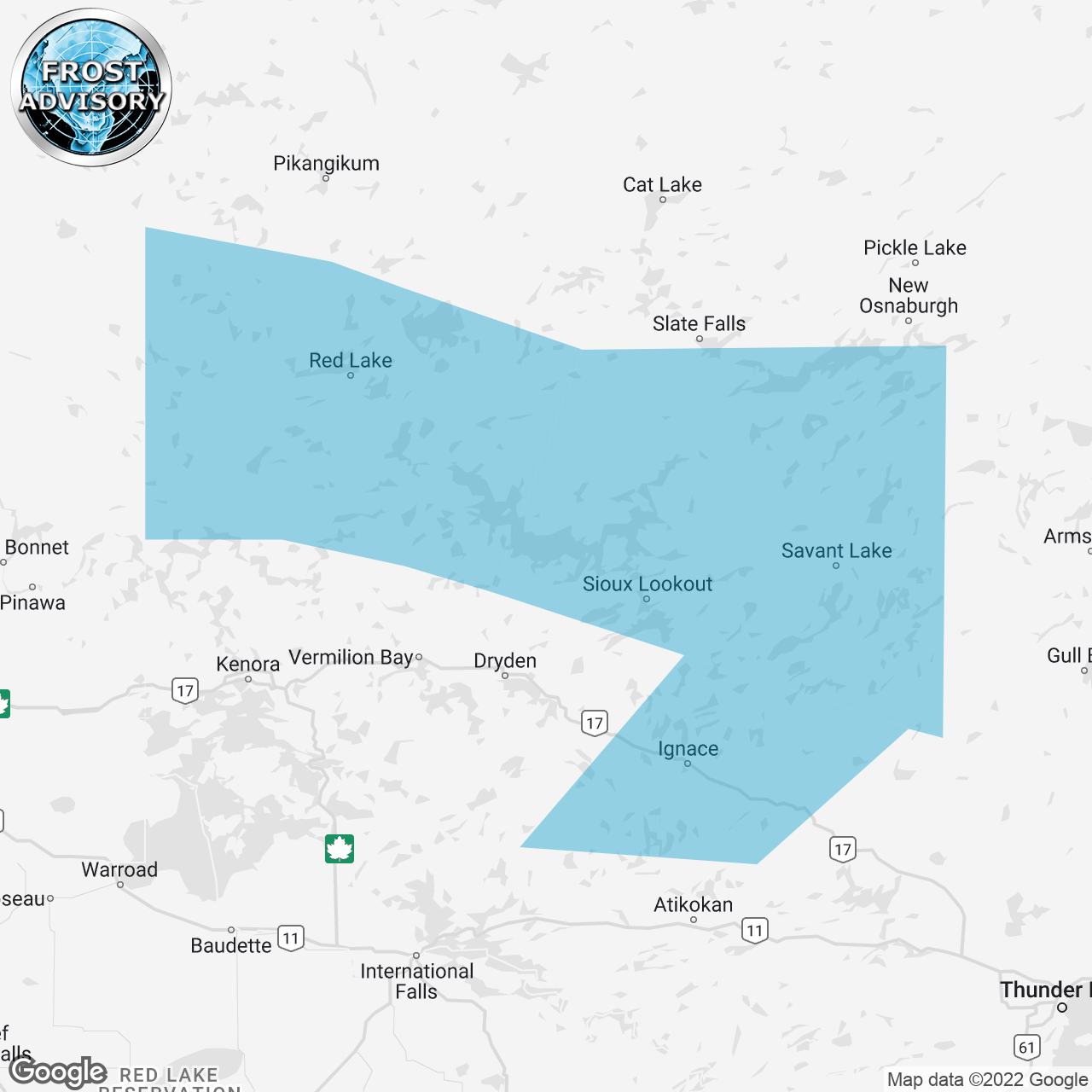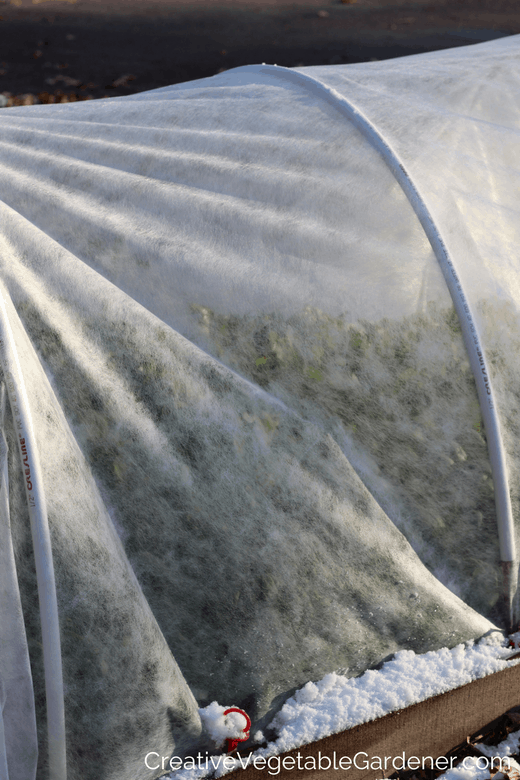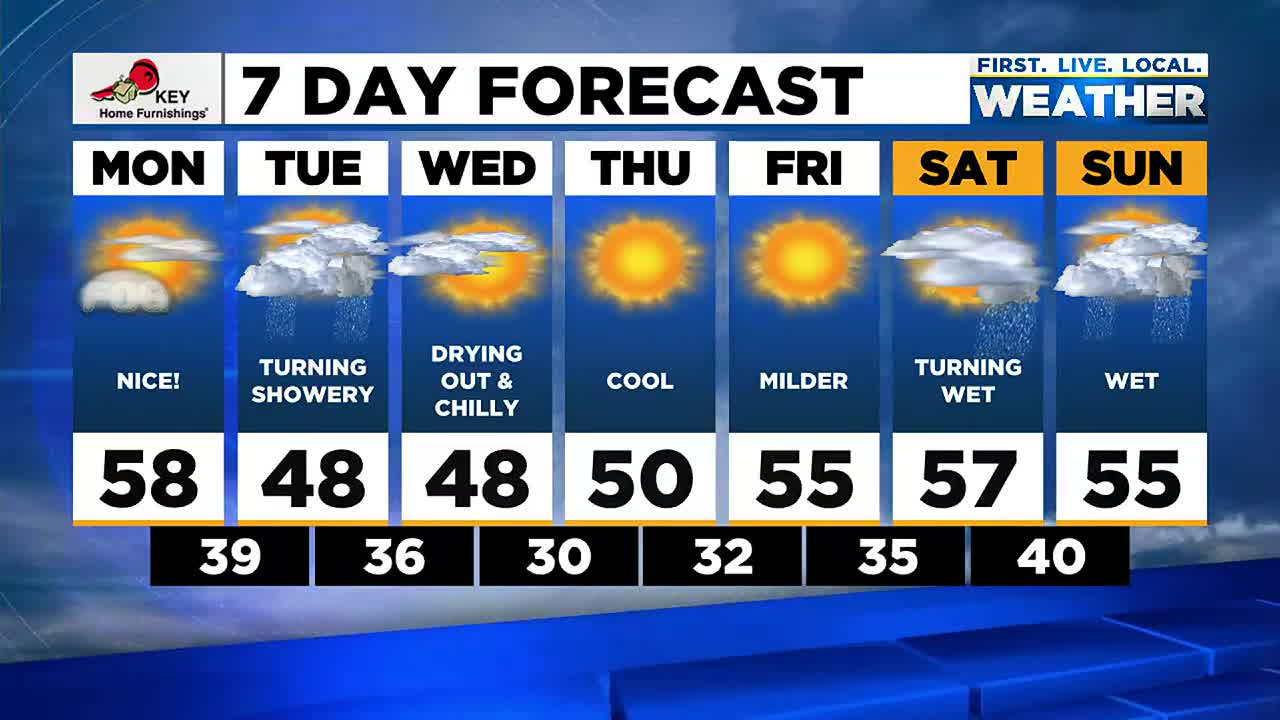In the United States, weather alerts play a crucial role in keeping communities safe and prepared for unexpected conditions. One such alert that often causes concern is the Frost Advisory. As the seasons transition from summer to fall or winter to spring, frost advisories become more common, especially in regions like Wisconsin and other parts of the Midwest. These alerts are issued by the National Weather Service (NWS) when temperatures are expected to drop between 33°F and 36°F on clear, calm nights during the growing season. While this may not reach the freezing point of 32°F, frost can still form and cause significant damage to plants, crops, and outdoor property.
In this article, we’ll explore what a frost advisory means, how it differs from other weather alerts, and what you can do to protect your plants and property. We’ll also look at current trends and areas under frost warnings as of October 2025.
Understanding Frost Advisories

A frost advisory is a weather alert issued when surface temperatures are expected to drop to 33°F to 36°F during the night, even if they don’t officially freeze. This condition is particularly dangerous for sensitive plants and crops because frost can form on exposed surfaces, leading to damage or death.
The NWS defines a frost advisory as a forecasted temperature range that occurs on a “clear and calm” night, which allows heat to escape quickly from the ground. These advisories typically occur in the fall until the first widespread freeze of the season, which usually happens between mid-October and early November.
While frost advisories are less severe than freeze warnings, they still require attention, especially for gardeners and farmers who rely on the growing season.
Frost Advisory vs. Freeze Warning: Key Differences

It’s important to understand the difference between a frost advisory and a freeze warning:
- Frost Advisory: Issued when temperatures are expected to be between 33°F and 36°F, with frost forming on surfaces.
- Freeze Warning: Issued when temperatures are expected to drop to 32°F or lower, posing a serious risk to plants, crops, and outdoor systems.
Additionally, there’s also a freeze watch, which serves as an early warning that freezing conditions could occur within 24 to 48 hours.
These alerts are typically issued during the growing season, which runs from spring to fall, as frost and freeze events mark the end or transition of this period.
What Plants Are Most Vulnerable?
Not all plants are equally affected by frost. Some are more resilient, while others are highly sensitive to cold temperatures.
Cold-Tolerant Plants:
- Cool-season vegetables: Peas, lettuce, cabbage, onions, cauliflower, broccoli, radishes
- Hardy crops: Beets, Brussels sprouts, carrots, collards, kale, parsley, spinach
- Cold-tolerant flowers: Alyssum, pansies, sweet peas
These plants can withstand temperatures as low as 26°F or even 20°F, depending on the species.
Sensitive Plants:
- Vegetables: Tomatoes, peppers, cucumbers
- Annual flowers: Petunias, begonias, geraniums, marigolds
- Tropical houseplants: Often die when temperatures stay below 32°F for several hours
These plants are most vulnerable during frost advisories and require extra care to survive.
How to Protect Your Garden During a Frost Advisory
Protecting your plants during a frost advisory requires quick action and proper preparation. Here are some effective strategies:
- Cover Plants: Use sheets, blankets, or specialized frost cloths to cover plants and trap heat. Make sure the coverings extend to the ground to prevent cold air from reaching the roots.
- Water Plants: Moist soil retains heat better than dry soil. Water your plants during the day before a frost to help maintain soil temperatures.
- Bring Potted Plants Inside: Move potted plants indoors or to a sheltered area to protect them from the cold.
- Harvest Sensitive Crops: If you have crops that are nearing maturity, consider harvesting them before the frost hits to prevent damage.
- Use Heat Sources: In agricultural settings, low-output heaters, wind machines, or even small-scale lighted candles can be used to protect crops.
Taking these steps can significantly reduce the impact of frost on your garden and ensure that your plants survive the colder nights.
Current Frost Alert Status Across the U.S.

As of October 2025, several states across the U.S. are under frost advisories or freeze warnings due to a sharp cold front moving through the country. The National Weather Service has issued alerts in the following regions:
- Michigan: A freeze warning is active from midnight Wednesday through 9 a.m. Thursday, covering interior and northern counties where lows could dip into the 20s.
- Mid-Atlantic: Freeze watches and frost advisories are in place, particularly in rural valleys and highlands, with sub-32°F lows expected.
- Great Lakes and Northeast: Regions are experiencing repeated frost and freeze conditions, especially in open fields and elevated terrain.
- Idaho to Michigan: A broad swath of the country is under frost advisories or freeze alerts as autumn chill sets in.
These conditions are expected to last overnight into the early morning hours, with temperatures rebounding after sunrise.
Who Is Most at Risk?

Certain areas and populations are more vulnerable to frost and freeze conditions:
- Rural valleys and open fields: Cold air settles in these areas, making them more prone to frost formation.
- Agricultural zones: Farmers and nurseries face the greatest risk, as frost can damage or destroy crops and plants.
- Sensitive vegetation: Plants that are not acclimated to cold temperatures are at higher risk of damage.
- Vulnerable groups: Children, the elderly, and outdoor workers should take precautions to avoid exposure to freezing temperatures.
In Michigan’s interior counties, for example, forecasted lows in the 20s pose a serious threat to unprotected crops and early season plants.
Precautionary Measures for Homeowners and Gardeners
To minimize the impact of frost advisories, homeowners and gardeners should take the following steps:
- Cover or Move Sensitive Plants: Use frost blankets, burlap, or plastic sheeting to shield plants at night. Bring container plants indoors or to a sheltered area.
- Water Wisely: Moist soil retains heat better than dry soil. Water your plants before the freeze, but avoid watering after frost forms, as water droplets can freeze and damage leaves.
- Use Heat Sources: In agricultural settings, consider using frost protection systems like low-output heaters or wind machines.
- Insulate Outdoor Water Systems: Disconnect and drain hoses, insulate outdoor faucets, and let trickle taps run if freezing is sustained.
- Monitor and Respond: Stay alert via weather apps or NWS statements. Heed upgrades from watch to warning and act early before chills deepen.
Taking these steps can help protect your garden, property, and outdoor systems from the damaging effects of frost.
Frequently Asked Questions About Frost Advisories
Q1: What does a frost advisory mean?
A frost advisory means that temperatures are expected to drop between 33°F and 36°F on a clear, calm night, potentially causing frost on exposed surfaces and damaging sensitive plants.
Q2: What states are under frost advisories right now?
As of October 2025, frost advisories and freeze warnings are active in parts of Michigan, the Mid-Atlantic (Maryland, Virginia, D.C.), the Great Lakes region, and parts of the interior Northeast.
Q3: What’s the difference between a frost advisory and a freeze warning?
A frost advisory indicates temperatures just above freezing, where frost can still form. A freeze warning means temperatures will drop to 32°F or lower, posing a greater risk to plants and crops.
Q4: How long does a frost advisory last?
Frost advisories typically last overnight into the early morning hours, usually between midnight and 9 a.m. They end once the sun rises and temperatures climb back above freezing.
Q5: How can I protect my plants during a frost advisory?
Cover plants with blankets, burlap, or plastic sheeting. Bring potted plants indoors. Water soil before the frost, as moist soil retains heat.
Q6: Should I worry about plumbing during a frost advisory?
Yes. Freezing temperatures can burst pipes. Protect plumbing by disconnecting hoses, wrapping outdoor faucets, and letting indoor faucets trickle overnight if a hard freeze is expected.
Q7: Is a frost advisory dangerous for people?
Healthy adults are usually safe, but prolonged exposure to freezing conditions can cause hypothermia or frostbite. Vulnerable groups, children, the elderly, and outdoor workers should take precautions.
Q8: How often do frost advisories happen in October?
Frost advisories are common in October, especially in the Midwest, Northeast, and mountain regions. They often signal the end of the growing season for crops and gardens.
Q9: How do I know if my area is under a frost advisory?
Check the National Weather Service (NWS) website or weather apps for local alerts. You’ll see specific notifications labeled as Frost Advisory for your county.
Q10: What should I do immediately if a frost advisory is issued?
Take action as soon as possible. Cover plants, bring potted plants inside, and water soil before the frost. Monitor updates from the NWS and adjust your plans accordingly.
Final Thoughts
Frost advisories are a critical part of weather forecasting, especially in regions where seasonal transitions can bring sudden drops in temperature. Whether you’re a gardener, farmer, or homeowner, understanding what a frost advisory means and how to respond can help protect your plants, property, and livelihood.
As the U.S. continues to experience shifting weather patterns, staying informed and prepared is more important than ever. By taking proactive steps, you can minimize the impact of frost and keep your garden thriving through the cooler months.
Stay updated with the latest news and weather alerts to ensure you’re always ready for whatever the season brings.
Author: John Martinez
Title/Role: Environmental Journalist & Weather Analyst
Credentials: With over a decade of experience covering climate and environmental issues, John has contributed to major publications and worked with meteorological organizations to provide accurate and actionable weather insights.
Profile Link: JohnMartinezWeather.com
Sources:
– National Weather Service
– Better Homes and Gardens
– Local Weather Reports
Internal Links:
– How to Prepare for Winter Storms
– Understanding Weather Alerts
– Gardening Tips for Cold Climates
Meta Title: US Trending News: Frost Alerts Explained
Meta Description: Learn what frost advisories mean, how to protect your plants, and stay safe during cold weather. Stay updated with the latest US weather alerts.
Featured Snippet: A frost advisory is issued when temperatures are expected to drop between 33°F and 36°F on a clear, calm night, potentially causing frost on exposed surfaces and damaging sensitive plants. It’s important to take preventive measures to protect your garden and property.
Call to Action: Stay updated with the latest news and weather alerts to prepare for frost advisories and keep your garden safe. Explore today’s headlines for more information.










More Stories
US Trending News: 76ers vs Charlotte Hornets Match Player Stats: Key Performances and Game Highlights
US Trending News: Who is Abcd Daddy Yankee? Exploring the Artist’s Career and Influence
US Trending News: Aaron Judge’s Career Highlights, Stats, and Latest Updates in 2024